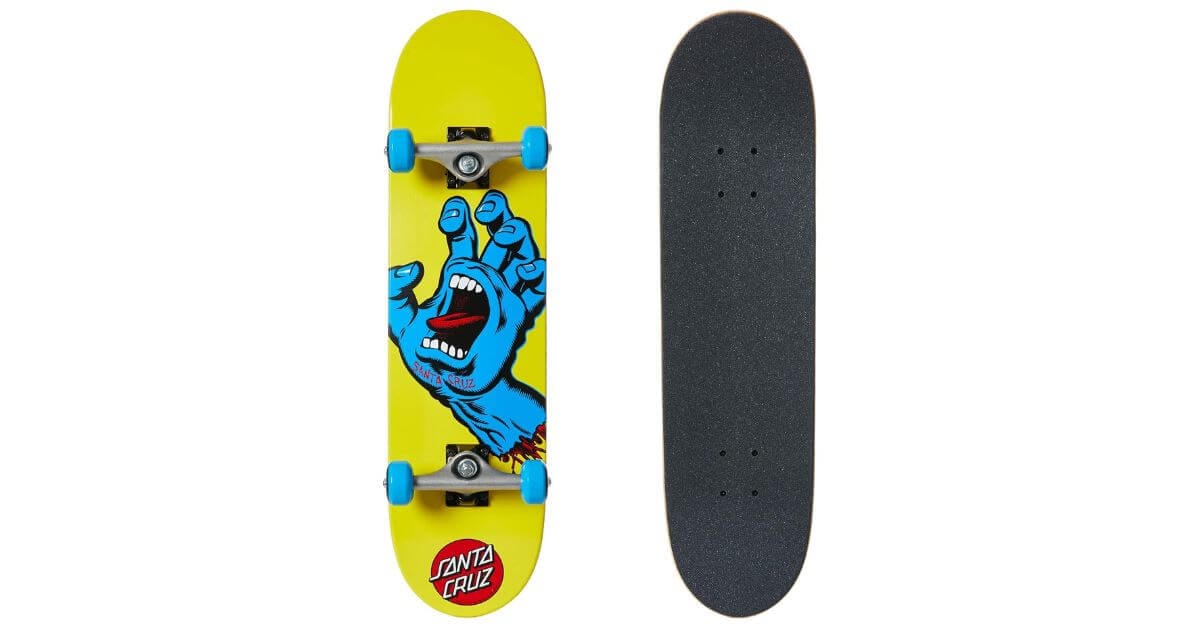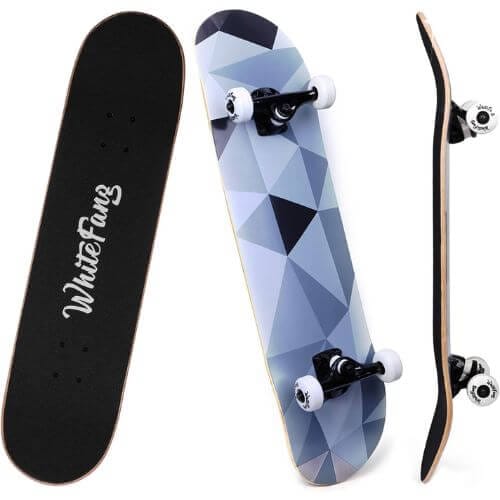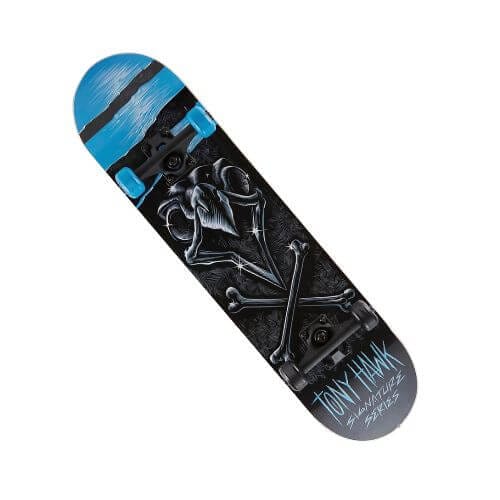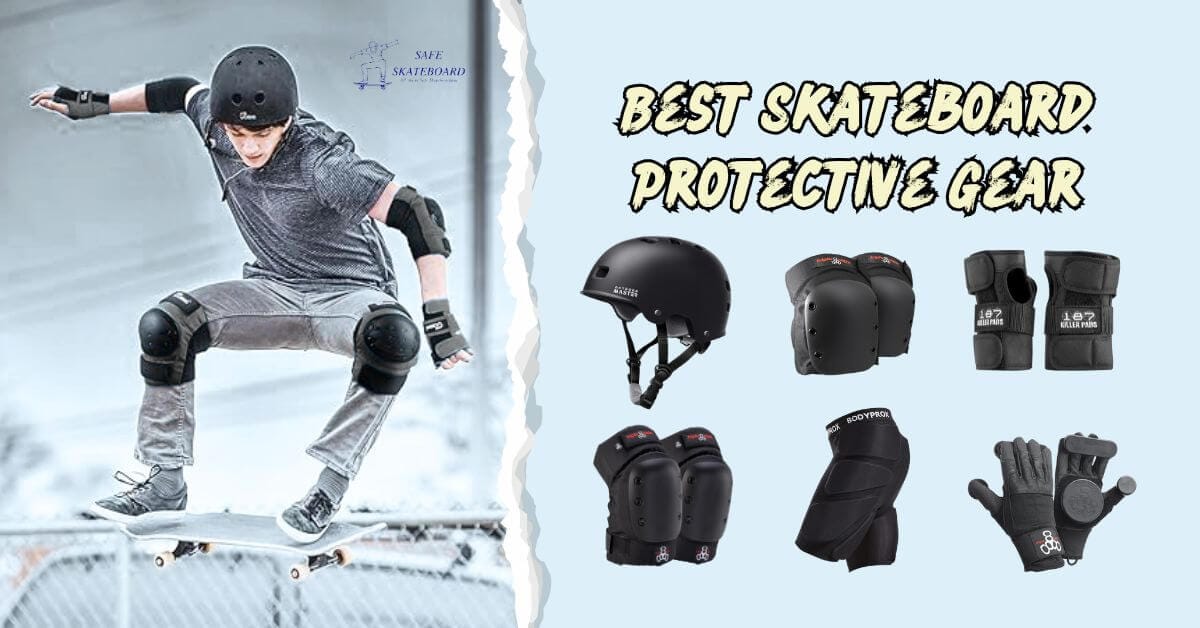Have you ever wondered how much a skateboard weighs? It might seem like a small thing, but it can change how your board feels and performs. A lighter board is easier to flip and carry. A heavier one gives more stability and control.
In this guide, I will break down what makes up a skateboard’s weight and why it matters. If you’re just starting or trying to fine-tune your setup, knowing this can help you ride better.
So, are you ready to uncover the truth about skateboard weights? Let’s get started!
Factors To Consider When Choosing The Right Skateboard Weight
A skateboard’s weight must be selected properly for optimum performance. Various factors influence the weight of a skateboard.
One crucial factor to consider is the deck material and construction. Different materials like wood, fiberglass, and carbon fiber can alter the weight of the skateboard.
Another factor to remember is the rider’s impressive skateboard tricks and the style they plan to perform.
Certain tricks may require a lighter or heavier skateboard for better control and stability. The rider’s body weight and skill level should also be considered when selecting the appropriate skateboard weight.
Finding a balance that allows for comfortable maneuverability and enhances the overall skateboarding experience is crucial. By considering these factors, you can ensure that you choose the right skateboard weight for your needs.
Understanding The Impact Of Skateboard Weight On Performance
Skateboard weight directly affects performance, with stability and maneuverability being key factors. The weight determines how well you can control the board, execute tricks, and maintain balance. For instance, a heavier skateboard offers more stability, making it ideal for beginners.

Conversely, a lighter skateboard increases maneuverability, allowing quick turns and tricks. Pop and ollie power are also influenced by weight, as a lighter board provides better spring for higher jumps and flips.
Similarly, speed and control are impacted, with a heavier board maintaining momentum and a lighter one offering increased agility.
Find the right balance to match your skill level and the skateboarding you prefer. Understanding the weight’s implications can help you choose the ideal skateboard for your needs.
Impact of Weight on Performance
Skateboard weight plays a big role in how your board feels and performs. Whether you’re learning tricks or just cruising, understanding the impact of weight can help you make better choices. Let’s break it down.
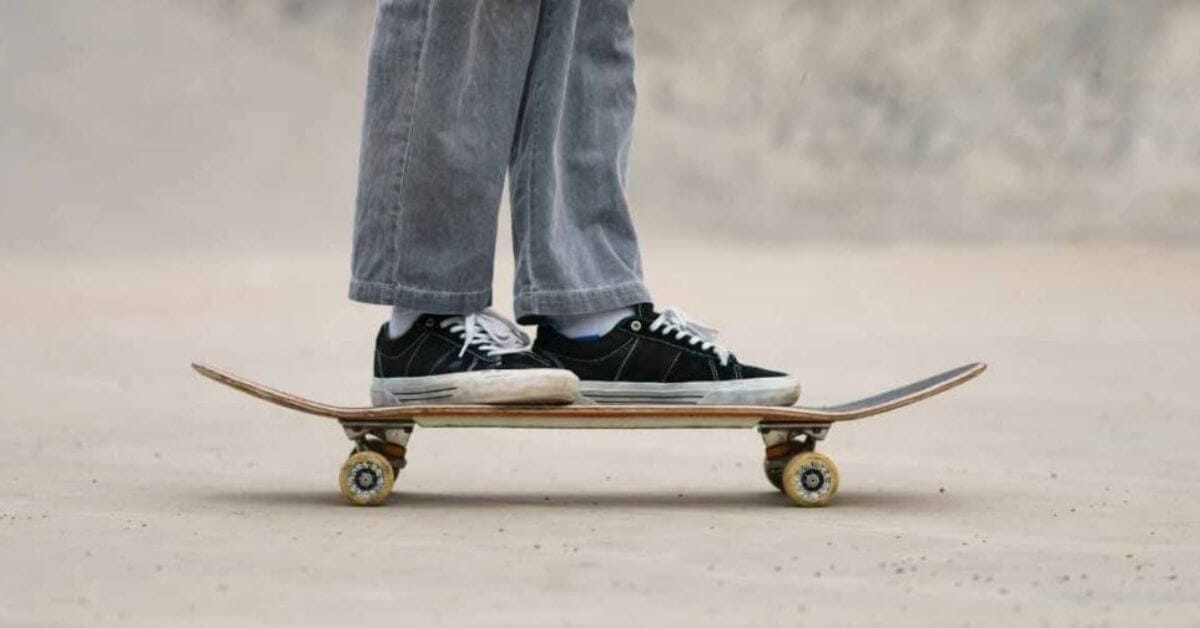
1. Trick Control and Pop
A lighter skateboard is easier to flip and pop. If you’re into tricks like ollies or kickflips, a light board gives you better control in the air. Lighter decks also spin faster, making technical tricks smoother.
2. Stability and Speed
Heavier skateboards offer more stability. When you’re riding fast or going downhill, the extra weight helps keep the board steady. It reduces wobbles, making your ride feel smoother and more controlled.
3. Maneuverability
Turning and carving feel different depending on weight. A lighter skateboard responds quickly to your movements, making sharp turns easier. Heavier boards need more effort to turn but provide a more solid feel on wider curves.
4. Impact and Durability
If you’re hitting big drops or skating stairs, weight matters. Heavier skateboards can handle hard landings better because they’re often more durable. Lighter boards may chip or crack faster under heavy impact.
5. Carrying Convenience
Off the board, weight makes a difference too. Carrying a lighter skateboard is easier, whether you’re walking to the park or traveling. If you’re strapping it to a backpack or bike, lighter is more convenient.
6. Choosing the Right Weight
There’s no perfect weight for everyone. If you want to focus on tricks and sharp turns, go for a lighter setup. If stability and durability matter more, a heavier board could be the better choice. It’s all about finding what feels right under your feet.
Understanding skateboard weight helps you ride better, whether you’re flipping tricks or cruising the streets. Choose what suits your style, and enjoy the ride!
Weighing Techniques For Accurate Results
Skateboard weight is a common concern for many riders. To get accurate results, using a digital scale is key. By following weighing techniques, you can calculate the average weight of a skateboard.
Weighing your skateboard can help determine if it meets your desired specifications. Using a digital scale allows for precise measurements, ensuring accuracy in tracking weight changes. Whether you’re a professional skater or a beginner, knowing your skateboard’s weight is important for maneuverability and control.
Experimenting with different setups and components can give you insight into how weight affects your performance. So, employ the right weighing techniques and use a digital scale to get accurate results for your skateboard.
Understanding The Weight Distribution On A Skateboard
Understanding the weight distribution of a skateboard is crucial to achieving optimal performance. The balance between the front and back weights plays a significant role in how the skateboard handles and maneuvers.

Proper weight distribution ensures stability and control while riding, making it easier to execute tricks and maintain balance. Front weight bias can improve responsiveness, making it ideal for quick turns and tricks that require precision.
Also, a back weight bias allows for better stability at high speeds, making it suitable for downhill riding. The right balance between front and back weight ensures a smooth and enjoyable skateboarding experience.
So, take the time to understand and experiment with different weight distributions to find what works best for you.
Innovative Ways To Adjust Skateboard Weight
Skateboard weight can be adjusted using innovative techniques. Lighter trucks and wheels contribute to a decrease in weight. Thinner and lighter deck options are also available for customization.
Another way to adjust weight is by using grip tape strategically. These methods allow skateboarders to fine-tune the weight of their boards to match their preferences and needs. Experimenting with combinations can create a skateboard that feels just right, whether for tricks, cruising, or transportation.
So, the weight of a skateboard varies depending on the components chosen and customized by the skater. Embracing these innovative ways can optimize the skateboarding experience while achieving the desired weight for optimal performance.
Regular Cleaning And Debris Removal
Regular cleaning and debris removal are essential to maintaining optimal performance. To keep your skateboard rolling smoothly, keeping the bearings clean and lubricated is important. Over time, dirt and dust can accumulate, causing the bearings to slow down or even seize up.

By cleaning them regularly using a solvent or a specialized cleaning kit, you can ensure they stay in excellent condition. Additionally, it’s crucial to clear the grip tape of dirt and grime. A clean grip tape provides better traction, giving you better control over your skateboard.
Using a brush or a grip gum, you can effectively remove dirt and restore the grip’s effectiveness. Proper maintenance will help extend the lifespan of your skateboard and enhance your riding experience.
Proper Storage To Prevent Weight Gain
Skateboard weight is a crucial factor for riders of all levels. Proper storage plays a significant role in preventing unnecessary weight gain. Storing skateboards indoors helps maintain their weight and overall condition.
One effective solution is using skateboard racks, which offer organization and protection. These racks are designed to securely hold skateboards in place, preventing potential damage and keeping the weight distribution intact.
By utilizing skateboard racks, riders can prevent their boards from accumulating extra weight and ensure they are always ready for action.
So, to maintain your skateboard’s weight and performance, consider investing in a suitable skateboard rack for convenient indoor storage.
Handling Weight Fluctuations Over Time
Skateboarding weight can vary depending on components, materials, and personal preferences. Over time, it is essential to handle weight fluctuations by monitoring wear and tear.
Regularly check for signs of damage in different parts of the skateboard, such as the deck, trucks, and wheels. Consider replacing these components if they are heavily damaged or worn out to maintain optimal weight distribution and performance.
By keeping a close eye on the condition of your skateboard and promptly addressing any issues, you can ensure that it remains in good shape, providing a smooth and enjoyable ride.
Be mindful of weight changes and take the necessary steps to keep your skateboard in optimal condition.
Frequently Asked Questions About How Much Does a Skateboard Weigh
How Do You Weigh A Skateboard?
To weigh a skateboard, use a digital or bathroom scale for an accurate measurement.
Where Should My Weight Be When Skateboarding?
Your weight should be balanced over the center of the skateboard for better control and stability.
How Much Does A Skateboard Typically Weigh?
A skateboard typically weighs between 4 and 10 pounds, depending on various factors such as the size, material, and components used. Lightweight skateboards are easier to maneuver, while heavier ones provide more stability and durability.
How much does a skateboard deck weigh?
A skateboard deck usually weighs between 2 to 5 pounds (0.9 to 2.3 kg), depending on the size and material.
How much does a complete skateboard weigh?
A complete skateboard, with all parts included, typically weighs around 7 to 10 pounds (3.2 to 4.5 kg).
How much does a Penny skateboard weigh?
A Penny skateboard is lighter than regular boards. It weighs about 4 to 6 pounds (1.8 to 2.7 kg) due to its plastic build.
How much does a skateboard weigh in kg?
On average, a skateboard weighs about 3 to 5 kilograms, depending on its components.
How much does a skateboard bearing weigh?
Skateboard bearings are super light. Each bearing weighs around 12 to 14 grams. Since you need eight bearings for a complete setup, they add about 100 grams in total.
How much does a Girl skateboard weigh?
Girl Skateboards is a popular brand, not a board type for girls. A complete Girl skateboard usually weighs around 7 to 10 pounds (3.2 to 4.5 kg) just like other standard skateboards.
Final Verdict
The weight of a skateboard can vary depending on several factors, such as the type of deck material and the components used. However, if you’re looking for a lighter option, consider a bamboo or carbon fiber deck weighing around 3 pounds or less.
On the other hand, if you prefer a sturdier and more durable skateboard, a maple deck might be a better choice despite its slightly heavier weight.
Remember, your skateboard’s weight can impact your overall skateboarding experience, affecting your ability to maneuver and perform tricks.



